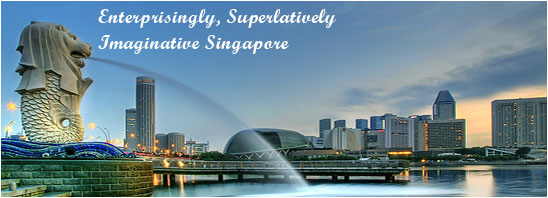Singapore History
Singapore Hotels Booking starting at low as $ 36 Book Now
Ancient Singapore history
Singapore was first mentioned in a 3rd Century Chinese account describing the island as "Pu Luo Chung," or island at the end of the Malay Peninsula. In the 7th Century, Temasek (Sea Town) as Singapore was then known was a prosperous trading outpost of the Malayan Buddhist Empire. In the 13th Century, a member of the Royal family Sang Nila Utama was searching for a site to build a new city. Arriving at the sandy shores of the island, he mistook a tiger for a lion. Taking this as a good omen, he decided to build his new city here, naming it Singapura, the Sanskrit words for Lion City.Founding of Modern history of Singapore
The modern city of Singapore was founded by Sir Thomas Stamford Raffles, an official of the British East India Company. Raffles believed that the British needed a new port to prevent the Dutch from dominating the Malay archipelago. Raffles' expedition arrived in Singapore on January 29, 1819. He found a small Malay settlement at the mouth of the Singapore River. In 1826, the British East India Company consolidated Singapore, Penang and Malacca into a single administrative unit, known as the Straits Settlements.The Battle of Singapore
Singapore's inexorable growth continued into the 20th century. However, the outbreak of World War II brutally exposed the fallacy of British might. They suffered the ignominy of defeat when Japan invaded the colony in 1941. The British were welcomed back after Japan's surrender in 1945, but their right to rule was no longer assured. By the 1950s, burgeoning nationalism had led to the formation of a number of political parties as Singapore moved slowly towards self-government.Singapore history- Post War Era and Post Independence
In 1959, however, full elections were held and self-government under a new constitution was granted in Singapore. It joined Malaysia to become one country in September 1963 but differences between the leaders became serious enough for a separation. Singapore became an independent nation on August 9, 1965. Under the policies of Prime Minister Lee Kuan Yew of the People's Action Party, Singapore's economic base was strengthened and a greater degree of social and cultural homogeneity was achieved. In 1990, Lee Kuan Yew passed the reins to successor Goh Chok, who saw the country through some of its most serious postwar crises, including the 1997 Asian economic crisis and SARS in 2003. In 2004, Lee Hsein Loong, the eldest son of Lee Kuan Yew, became the third Prime Minister of Singapore.Modern history of Singapore
Singapore's strategic location combined with a largely corruption-free government, skilled work force, and pro-foreign investment and export-oriented led to a successful free-market economy which attracts international investment funds on a large scale despite its relatively high-cost operating environment. Most of Singapore's tourist action is centered on Orchard Road, Chinatown and Little India.

